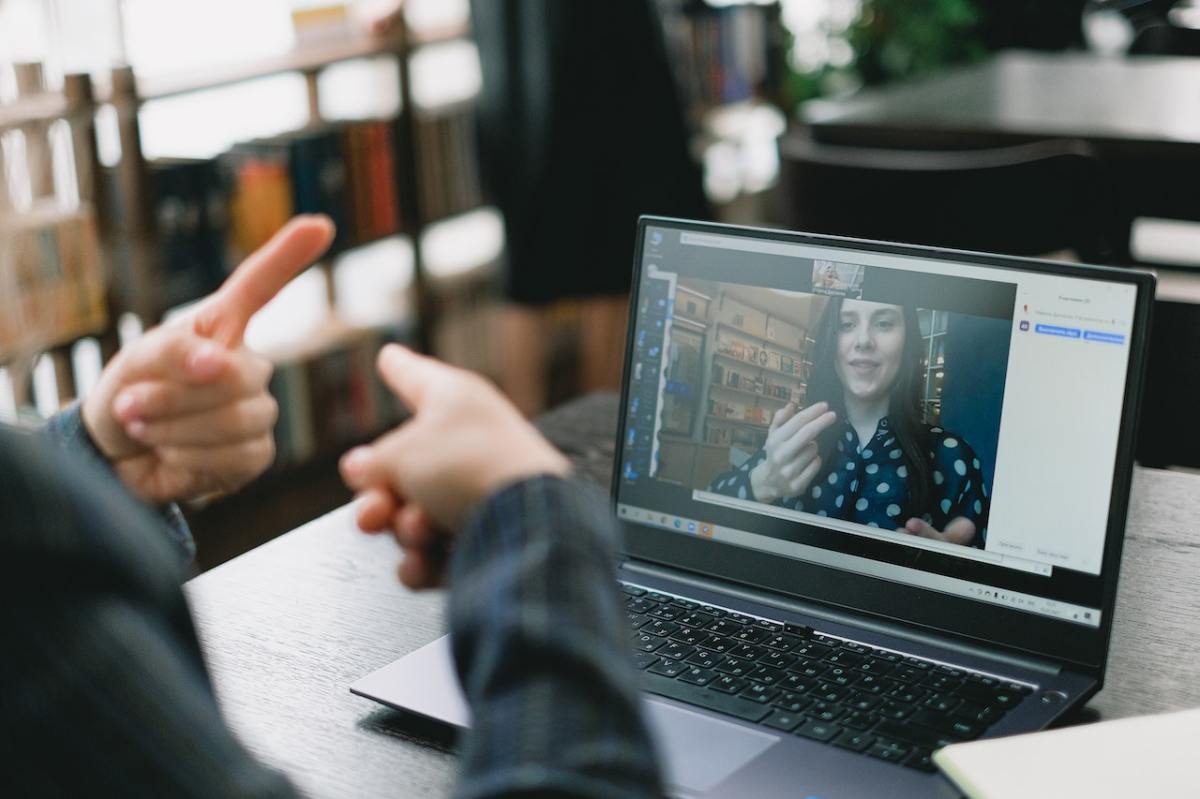Creating tools for accessibility and inclusion is a duty of all societies. Technology that helps the hearing impaired is something that the industry can offer these people, which is why more and more developers are working on creating ever more solutions to improve the daily lives of the hearing impaired.
Hearing disability seems invisible, as it has no obvious physical characteristics. It is primarily noticeable through the use of hearing aids. A high percentage of people with hearing impairment see their rights to social inclusion and equality undermined due to the lack of accessibility they encounter in different areas of their lives. Thanks to technology, they can successfully integrate into social and working life.
Some challenges of hearing impairment
Hearing impairment is a total or partial deficit of hearing function. There are various degrees of disability depending on the degree of hearing loss, it can range from mild to severe hearing loss, and can be hereditary, acquired at some point in life or congenital (prenatal, due to an illness of the mother during pregnancy, or peri-natal due to trauma caused by childbirth).
Generally, people with this disability use lip-reading or sign language to communicate, but sign language is not a universal language, as each country has its own variants. Moreover, it is constantly evolving and is just as complex as any other language.
Technology applications that help hearing impaired people
Technology projects that help the hearing impaired have made it possible for people who are deaf or have a less severe hearing loss to find solutions to the many barriers to communication. Access to information in a visual form is an important aid for this group, as well as sign language interpretation services for video calls, among other issues.
More and more applications have been developed to make life easier for people who are deaf or have a hearing loss.
One such application is Showleap. It is Spanish software that translates sign language into speech. The signer wears bracelets that distinguish the movements of his or her hands and fingers, and convert them into audio via a voice synthesiser and written language on a screen.
Most often, deaf people do not have interpreters in everyday spaces such as work, studies or leisure. In addition, most of the population don’t know sign language systems.
Another useful application is MotionSavvy. Although it is still in the midst of development, it is a project that aims to bridge the communication gap between signers and listeners. It has been designed for people with an acute intuitive angle and the youngest. Signers must use a tablet with MotionSavvy software, the hearing user speaks to the tablet and the tablet converts the message into text. This project is being developed by four deaf people in New York, inspired by the barriers they encounter every day.
MotionSavvy has been selected as one of the most cutting-edge projects according to the startup platform Leap Motion. Little by little it is fulfilling its objectives before being launched on the market, and it is still working to expand the vocabulary and include other languages, since up to now it has only been developed in English.
When a deaf or hearing impaired person moves to another city, they are moving out of their familiar context. As a result, their insecurity increases and they have to adapt to the new environment. SignArte is a free application, funded by the Ministry of Education, Culture and Sport, and created by the CNSE Foundation, which provides information on accessible cultural spaces for the deaf and hearing impaired in Spain.
The information provided by SignArte is detailed with descriptions and videos in Spanish sign language, as well as access to its website, contact email, telephone, etc. The application geo-localises the user to offer them inclusive leisure alternatives within a radius of more than 100 kilometres from their meeting point.
Achieving a world with equal opportunities for all is the goal of Visualfy work. The deaf and hard of hearing have the same right to independence and privacy in their own home. For this reason, Visualfy Home detects sounds and sound events in the home, and alerts about them on the devices linked to people with hearing loss. No installation or construction work is required in the home.
